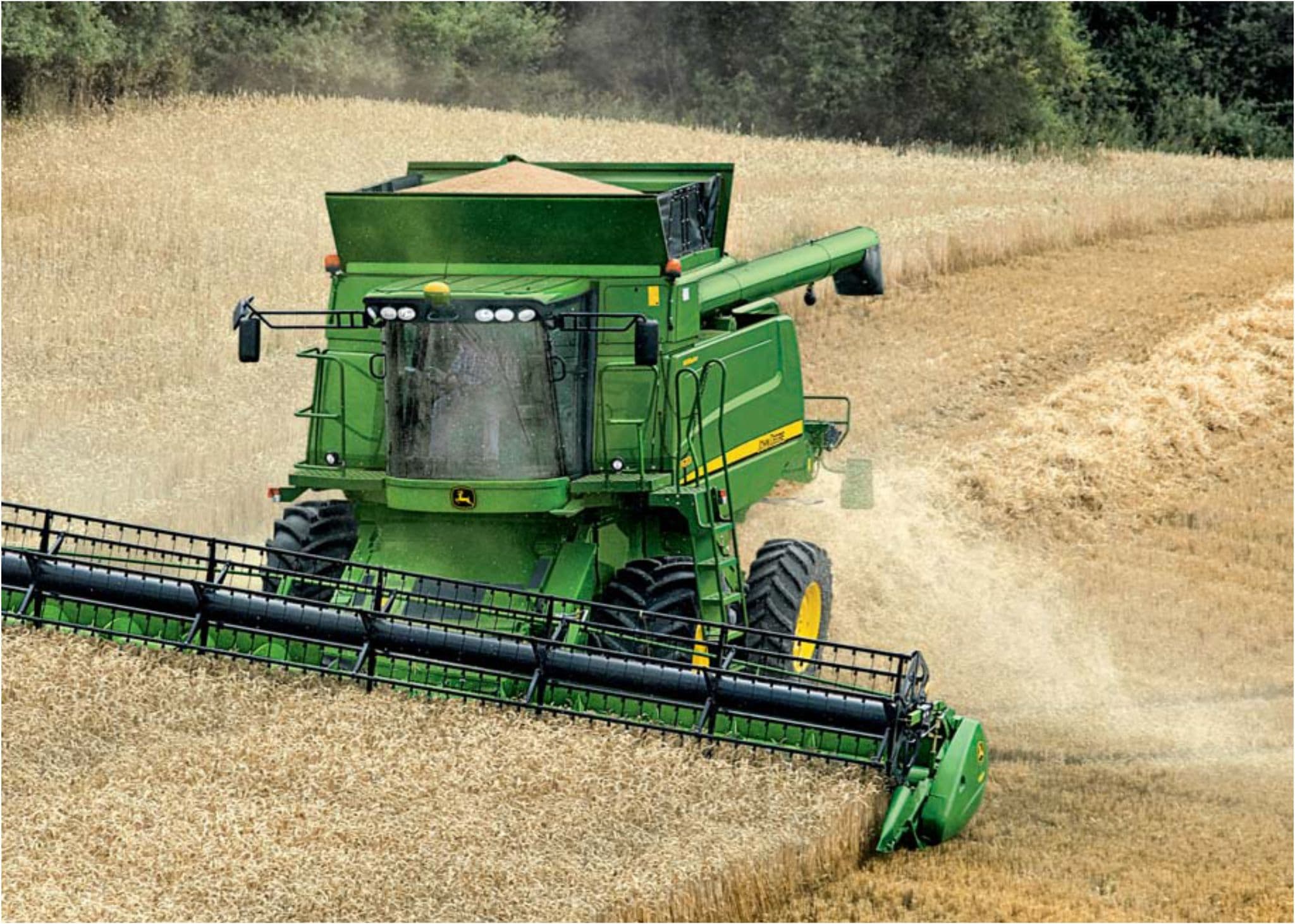
From Binders to Satellites:
Cereal harvesting has come a long way since the dusty days of the binder. What used to be a team of horses and a whole lot of elbow grease is now a precision operation controlled by satellites and sensors. But no matter how high-tech your combine is, one thing hasn’t changed: you’ve still got to get that grain into the hopper and not out the back. And that takes know-how, the right setup, and a bit of maintenance.
Back in the Day: The 1930s and the Rise of the Combine
Let’s start with a quick look in the rearview mirror.
In the 1930s, combining was a two- or three-step process. Crops were cut and tied into sheaves, left to dry, and then threshed later using a separate stationary thresher. It was labour-intensive, dusty, and often a race against the weather.
When self-propelled combines came on the scene, it was a game-changer. Now, cutting, threshing, and separating could happen all in one go. By the 1970s, with cabs, lights, and hydraulics, combines started looking more like the machines we know today. And today’s combines? Well, they practically drive themselves—GPS, yield mapping, auto-steer, loss monitors—the lot.
But even with all that tech, some old truths remain.
The Heart of It All: Headers, Threshing, and Separation
Whether you’re running an older Claas Dominator or a brand-new John Deere X9, the basic steps are still the same: cut, feed, thresh, separate, clean.
Headers – The type of header makes a big difference. For cereal crops, most operators run a draper or auger header. Make sure the reel speed and height are matched to crop conditions. A poor feed-in sets up everything else to fail. Uneven flow = headaches down the line.
Threshing – This is where the grain is knocked loose from the heads. Set your concave clearance and drum speed to suit your crop and moisture. Too tight or too fast and you’ll crack grain. Too loose and you’ll leave heads intact.
Straw Walkers – If you’re running a walker machine, this is where the grain and straw are separated. Check that your straw is being agitated properly—grain sitting in the straw mat is grain lost.
Cleaning system – Chaffer, sieve, and fan speed are your best friends here. Clean grain means less dockage and better storage. Too much air and you’re blowing grain out the back. Too little and you’re running trash through your auger.
It’s a balancing act, and it changes day to day, crop to crop, hour to hour sometimes.
Don’t Feed the Birds: Stopping Losses Out the Back
You’ve done the hard work growing that crop—don’t give it away at harvest.
Use your loss monitors if you have them. But even better? Take the time to get out and do a back check. Lay down a mat, or better yet, a small pan and see with your own eyes what you have. If you're seeing too much grain on the ground behind you, something needs adjusting. Could be drum speed, concave clearance, sieve settings, or fan speed.
Remember: a good operator knows when to leave the cab.
And here's a tip from old-timers that still holds up—check behind the combine……… in the morning, afternoon, and evening. Conditions change with heat and humidity. So should your settings.
Maintenance:
Combines are complex machines with a lot of moving parts. Regular maintenance isn't just about keeping it running—it’s about keeping it efficient.
Here’s a checklist worth taping to the cab wall:
Daily grease points – Don’t skip them. Bearings fail fast when dry.
Belts and chains – Check tension, wear, and alignment.
Sieves and chaffer – Keep them clean and undamaged.
Augers and elevators – Look for wear, flighting damage, and buildup.
Cutterbar and knife sections – Sharp blades cut cleanly and reduce load.
Fans – Balanced fans reduce vibration and improve airflow.
Sensors and wiring – Modern combines rely heavily on electronics. Keep connectors clean and check software updates.
If you’ve got a Workshop Repair Manual or Operators Manual, don’t leave it on the shelf. Use it. It has torque specs, service intervals, and diagrams that can save hours of trial and error.
Parts Manual: The Farmer’s Best Friend at 2 a.m.
When something goes bang mid-harvest (and it will), the Parts Manual is your best mate. Knowing your machine's exact model and serial number helps avoid the wrong parts and wasted time.
It also helps when you’re upgrading parts—maybe swapping in a heavier-duty chain, fitting new concaves, or replacing worn bearings. The right part, the first time, keeps you going when the weather window is tight.
Pro tip: Keep common spares on hand —belts, guards, bearings, hydraulic fittings, knife sections, and a backup grain loss sensor if you're running a newer machine.
Modern Combines: Bigger, Smarter, Still Needs You
It’s easy to be impressed by the size and smarts of modern machines. Auto-steer, yield monitors, real-time diagnostics, moisture sensors… it's high-tech farming at its best.
But don’t let all the tech make you lazy. The combine is still only as good as the person in the seat. Know your crop. Know your settings. Know your machine.
Use the data, yes. But also trust your eyes and ears. Watch the straw flow, listen for bearing noise, feel for vibration. Experience still matters.
Final Thoughts: Keep It Clean, Keep It Sharp, Keep It Running
Combining is the grand finale of a season’s worth of work. It's your payday. And every grain matters.
Keep your header sharp and your machine clean.
Set up for the conditions each day—not just once a season.
Use your manuals. They were written for a reason.
And when in doubt, stop and check. One quick adjustment could be the difference between 0.5% loss and 3%.
Whether you’re running vintage gear or top-of-the-line new kit, the same principles apply: Cut it right, thresh it clean, get it in the bin.
Happy harvesting—and here’s to clear skies and full hoppers.
